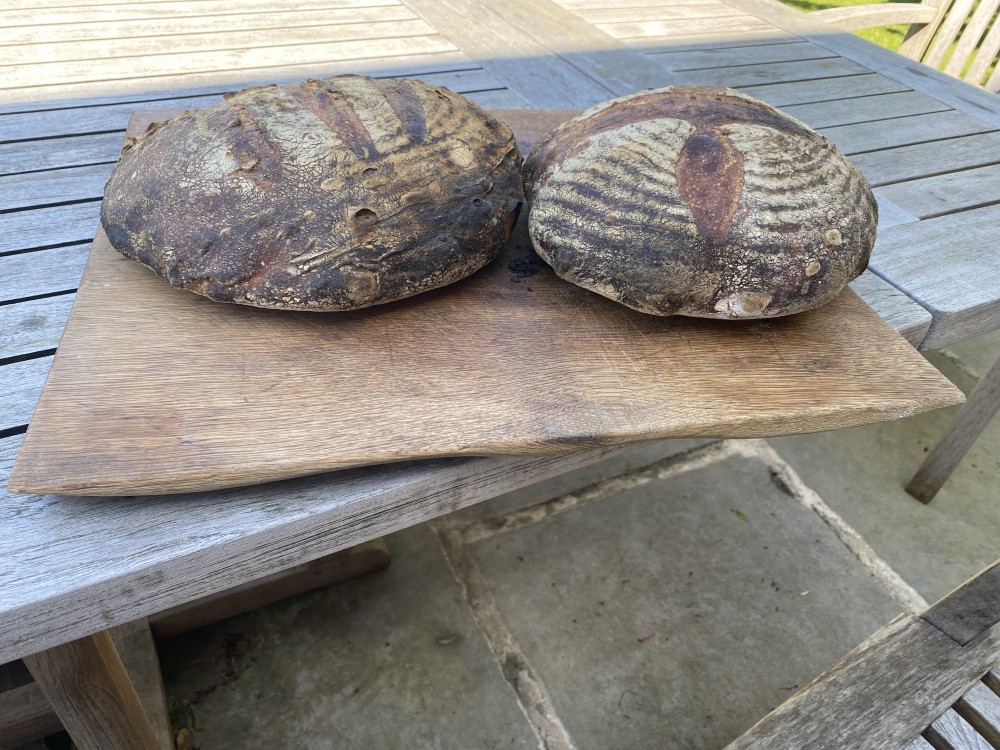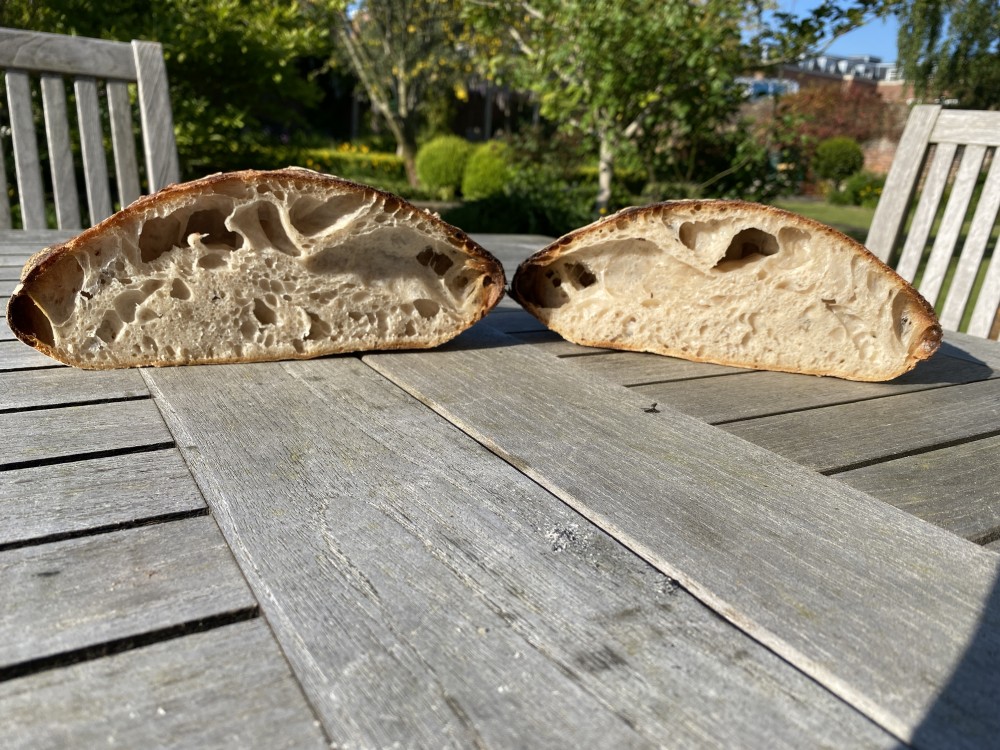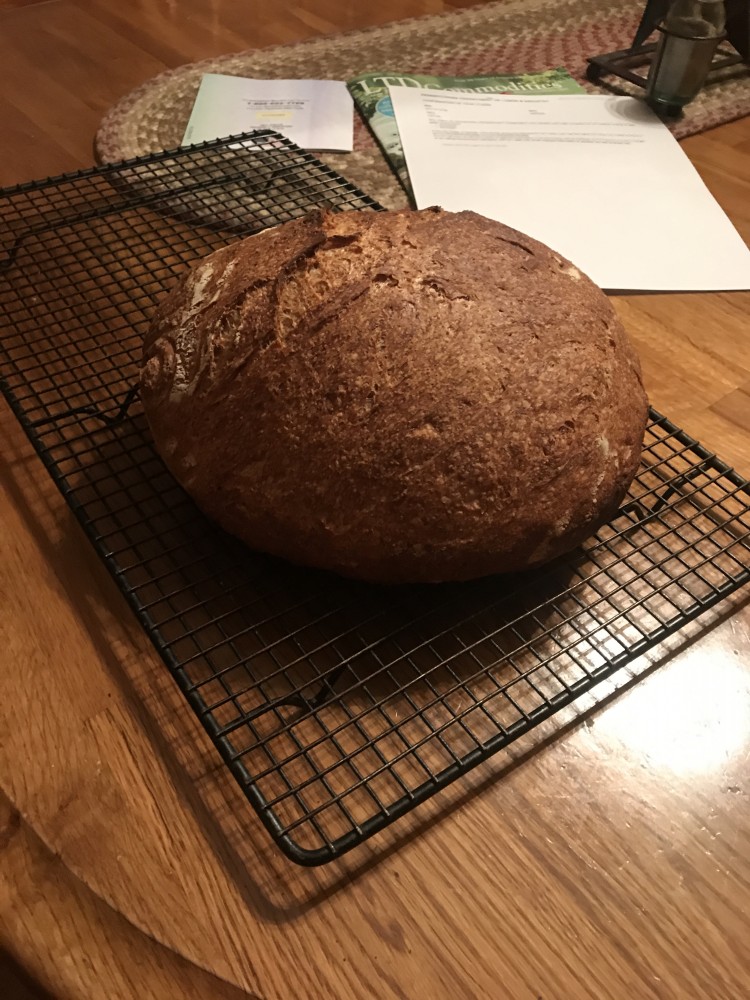Bread - What are you baking today…..
-
So my last three bakes have been the same. Two sourdoughs, one based on my spelt starter with spelt and wheat flour, the other with my rye starter and wholemeal wheat. While the essential processes are the same, they are both derived from different recipes, with different hydration, flour percentages etc. One major difference is the amount of time for the bulk ferment and the amount of starter as a percentage of total weight. In short the spelt recipe uses more starter and has a shorter bulk ferment time. However, I’m making them in tandem so the bulk ferment ends up about the same.
The result is that the either the spelt over proofs and doesn’t get much oven spring and the wheat is perfect, or the spelt is perfect and the wheat slightly underproofed.
Another thing is the difference in the starters. I’ve calmed my rye starter down, but my spelt starter seems feisty. It produces hooch relatively early in its cycle, I assume because it is burning through the fuel I’m giving it quicker. As of today I’m using less of the active starter and more flour every time I refresh it, to try and calm it a bit.
So it seems to me that I should start playing with the amount of starter I use in the recipes, or the amount of flour if I want to bring these two recipes to a point where I can make them in tandem, using the same timing and get the best results from both breads. This is fun.
But I guess that is also the challenge with your sourdough Biga @Giles. Getting the balance between the amount of starter, the amount of flour, and the fermenting time right?
-
I think the amount of starter was about correct. The pre-ferment ended up the same volume at the end, just took about twice as long as when using dried yeast. As far as my dough ended up, it was too wet, I am pretty sure that I did my calculations correctly to take into account how much flour and water was being added as a result of using the starter instead of the dried yeast. Timing of everything was guesswork, and frankly I'm just not experienced enough to have an intuitive sense of when things are ready.
It better taste fucking good, because it was a load more aggro that using a dried yeast ferment and the results of that are some of the best tasting bread I have made.
-
-
I’m probably just projecting my own pondering onto your bake, but it occurs to me that the rate of ferment is going to vary depending on the potency of the starter/yeast, and that leads to a different consistency and volume in the dough, as well as a difference in oven spring.
In other news there is no doubt in my mind that an autolyse phase improves the crumb of the bread…

-
Water temperature??? Or what kind of treatment your water has.
-
Thank you @Giles .
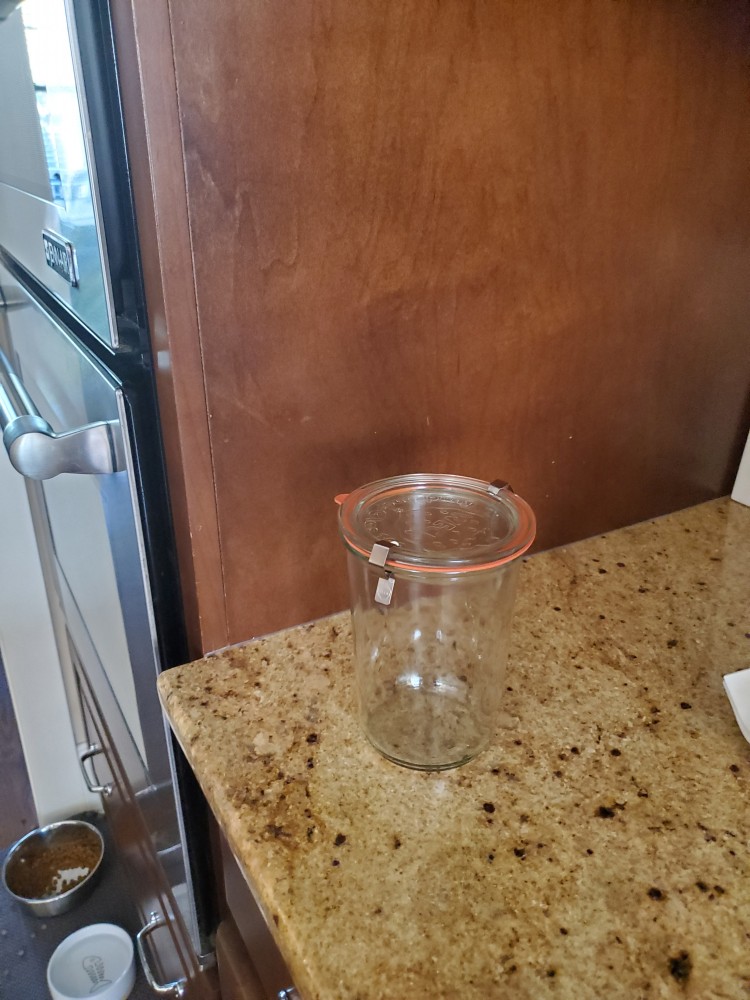
-
Average flour and an average oven. I have a good starter though and it’s baking me some nice loaves.
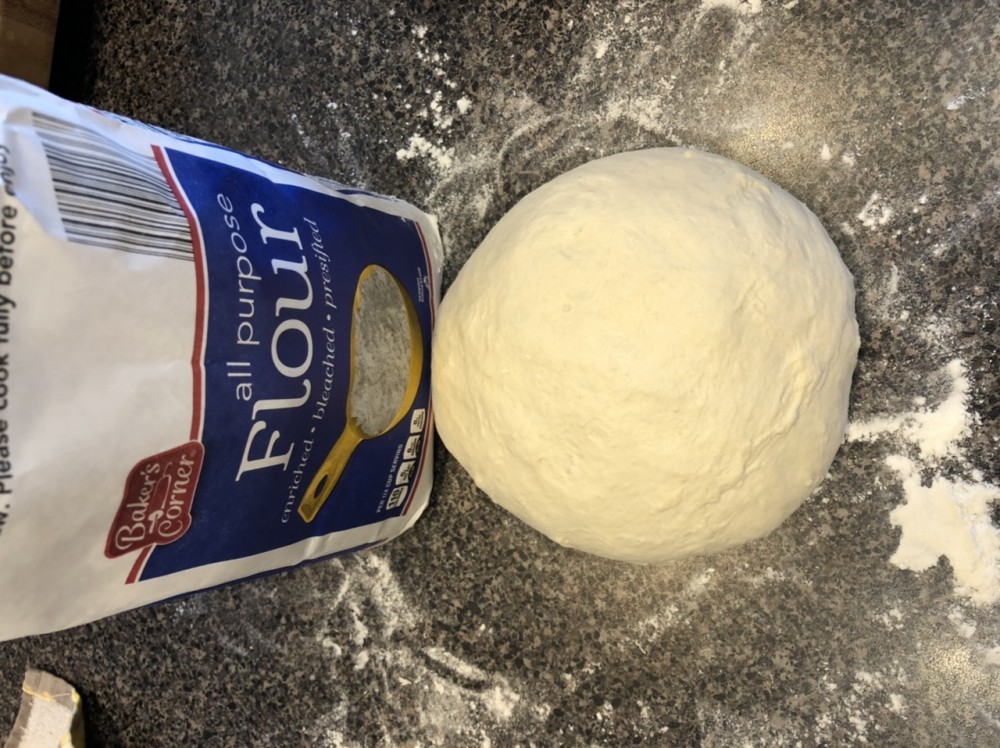
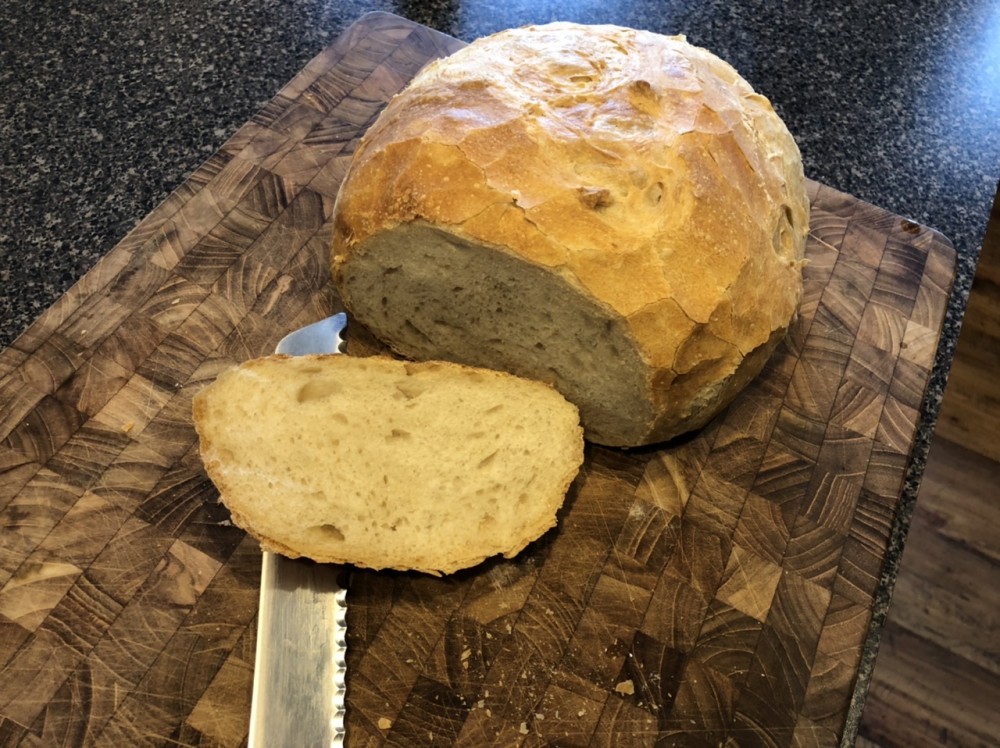

-
@Chap thanks for that. Interesting how bread is so different on so many places. Here in America it’s as white and bland as most of the people! Also neat to hear about the availability of alternative grains/flours. I can get some of those here at the local health food store, but they are not common and rather expensive- say up to 4-5 usd/pound vs wheat at about 1.30/pound (all organic). I think they are largely favored by gluten free people, despite those grains containing gluten! I guess it’s somehow different, or perceived to be. Who knows.
This week I made this: https://www.theperfectloaf.com/spelt-rye-and-whole-wheat-sourdough-bread/ which came out pretty well.
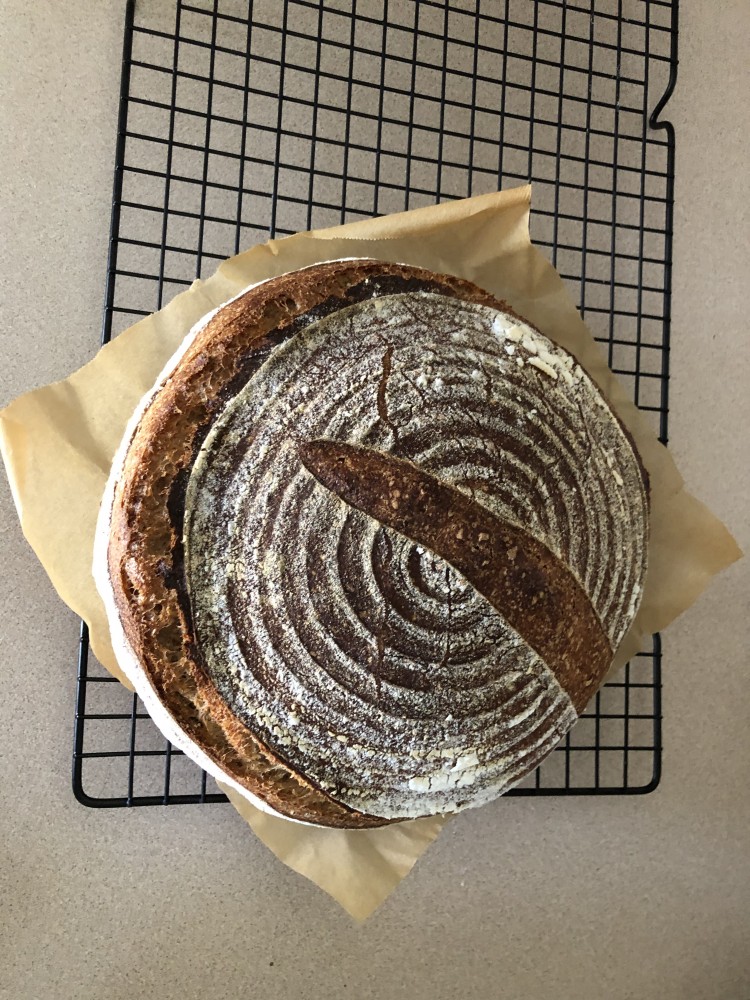
@jordanscollected looks great! -
75% whole wheat
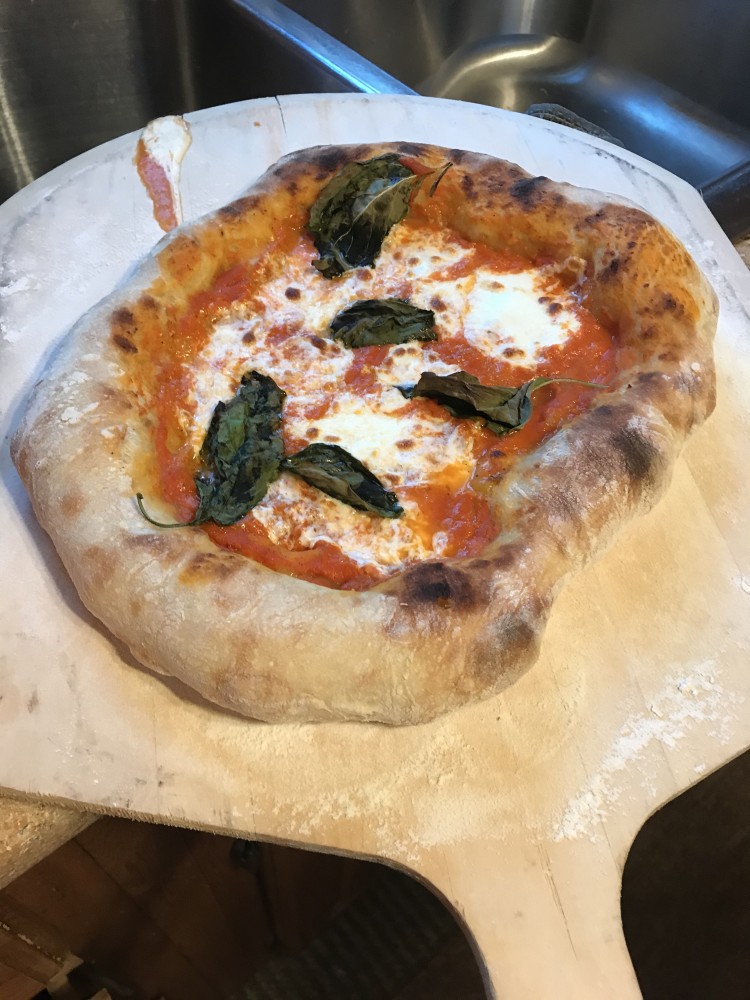
pizza margherita

